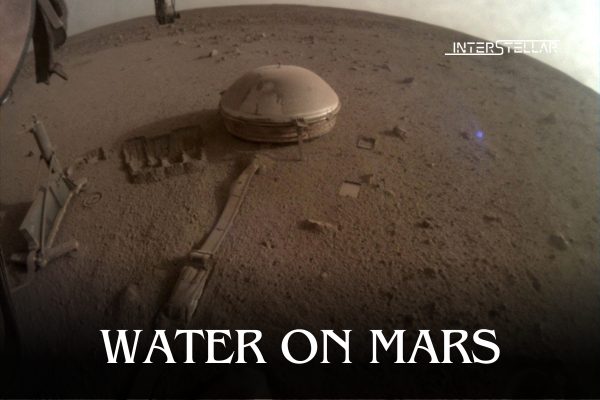Evidence of Liquid Water Found Deep Beneath Mars’ Surface, Advancing Search for Life
A recent study using data from NASA’s Mars InSight lander has provided compelling evidence of liquid water far below the surface of Mars. This discovery marks a significant step forward in the ongoing search for life on the Red Planet. It also offers clues about what may have happened to Mars’ ancient oceans.
Insights from Mars InSight Lander
The Mars InSight lander, which has been stationed on the planet since 2018, has played a crucial role in this discovery. Over four years, the lander collected seismic data, measuring how quakes affected the Martian ground. By analysing these seismic waves, scientists were able to infer the types of materials and substances present beneath the surface.
The study’s findings suggest that liquid water is likely present deep beneath the lander’s location. Water is a key ingredient for life, and geological studies have long indicated that Mars once had lakes, rivers, and even oceans over 3 billion years ago.
The Potential for Life in Mars’ Subsurface
Vashan Wright, a co-author of the study from the Scripps Institution of Oceanography at the University of California San Diego, highlighted the importance of these findings. “On Earth, we know that microbial life exists deep within the subsurface, provided there is enough water and energy sources,” Wright explained. “If these interpretations are accurate, the Martian subsurface might contain the necessary ingredients for life as we know it.”
The study revealed that the presence of large reservoirs of liquid water, found in fractures between 11.5 to 20 kilometres below the surface, best explains the data collected by the InSight lander. Interestingly, the volume of liquid water estimated beneath the surface is even greater than the amount believed to have filled ancient Martian oceans.
Implications for Mars’ Water Cycle and Future Exploration
The study also notes that on Earth, groundwater from the surface can penetrate deep underground. Wright suggests that a similar process likely occurred on Mars when the planet’s upper crust was warmer than it is today.
Although it is impossible to directly study water located so deep beneath Mars’ surface, the authors believe these findings have significant implications. The results could enhance our understanding of Mars’ water cycle, reveal the fate of its ancient surface water, and provide crucial insights for the search for past or existing life. Moreover, this knowledge could be vital for planning future missions and assessing in situ resource utilisation.
The study, conducted by Wright along with Matthias Morzfeld of the Scripps Institution of Oceanography and Michael Manga of the University of California Berkeley, was published in the Proceedings of the National Academy of Sciences in the week of August 12th.
“I’m inspired, and I hope the public is also inspired,” Wright said, emphasising the collaborative efforts involved in this research. “Humans can work together to place instruments on a distant planet and work to understand what’s happening there.”





